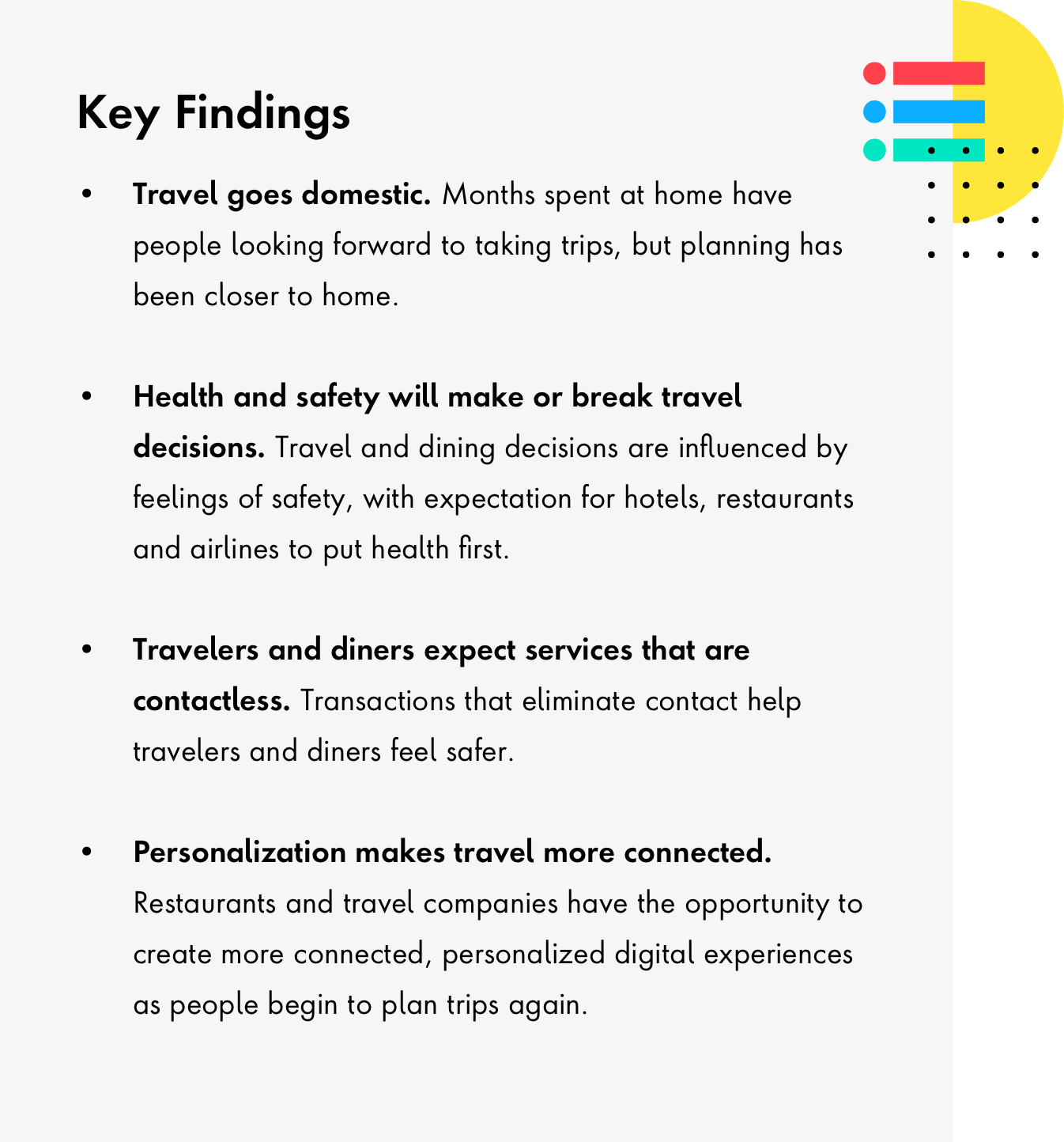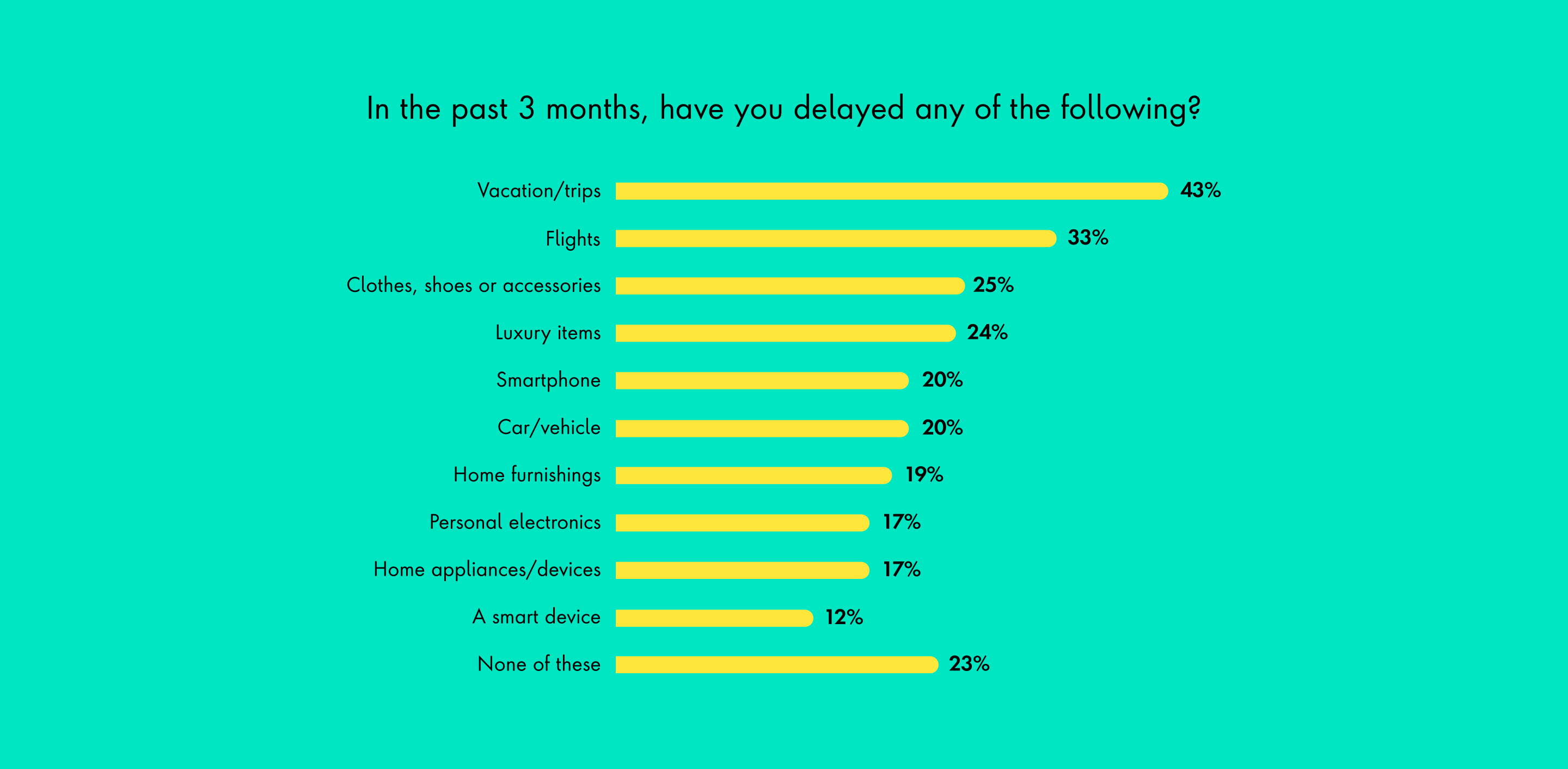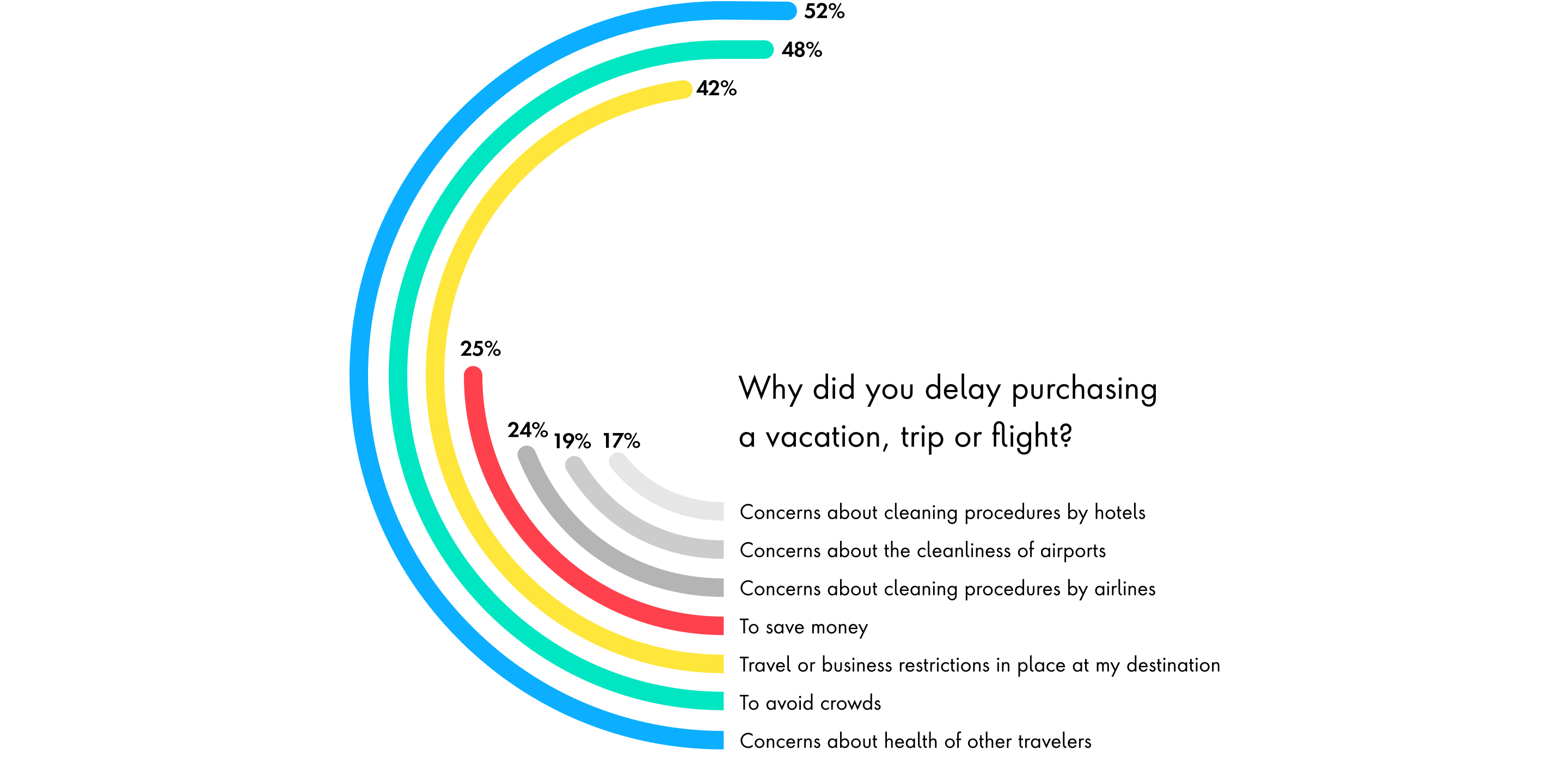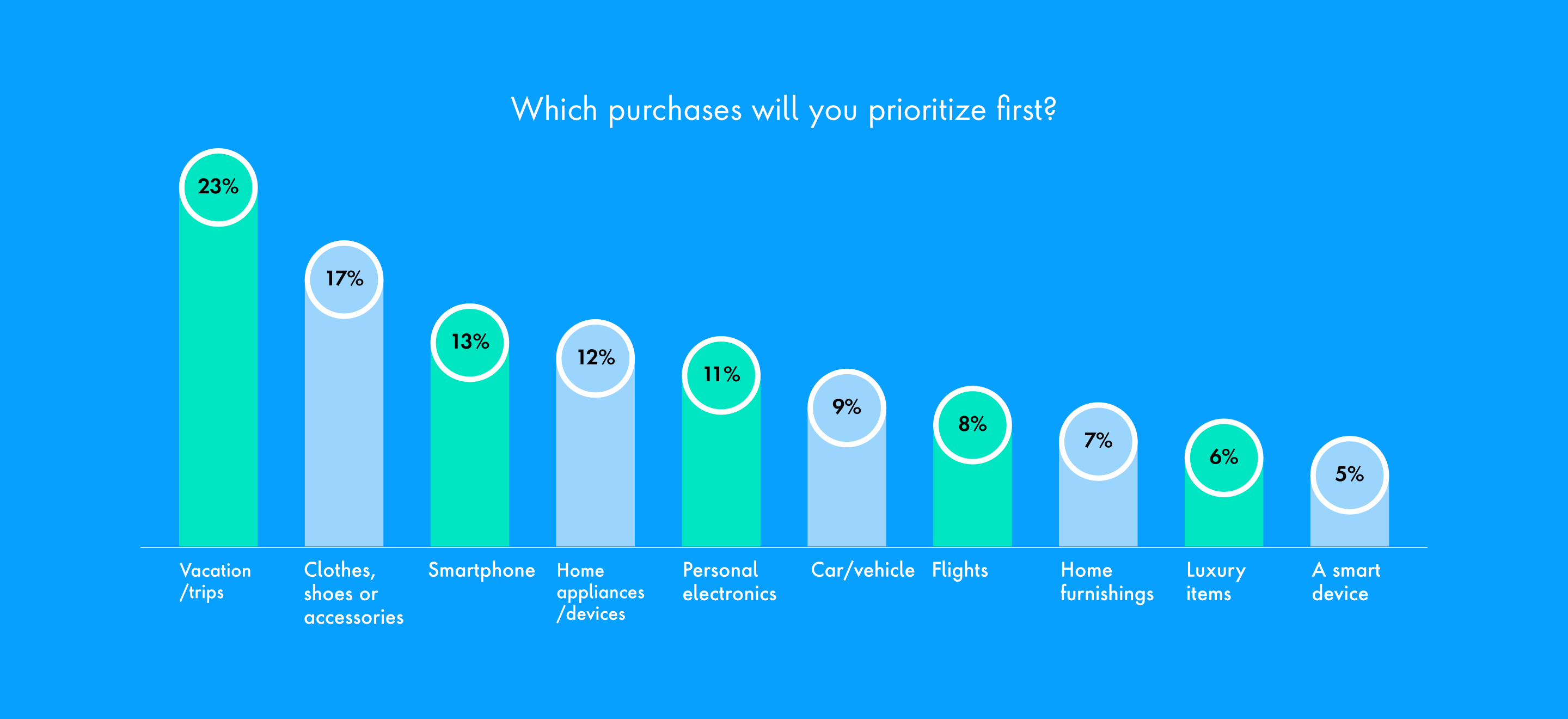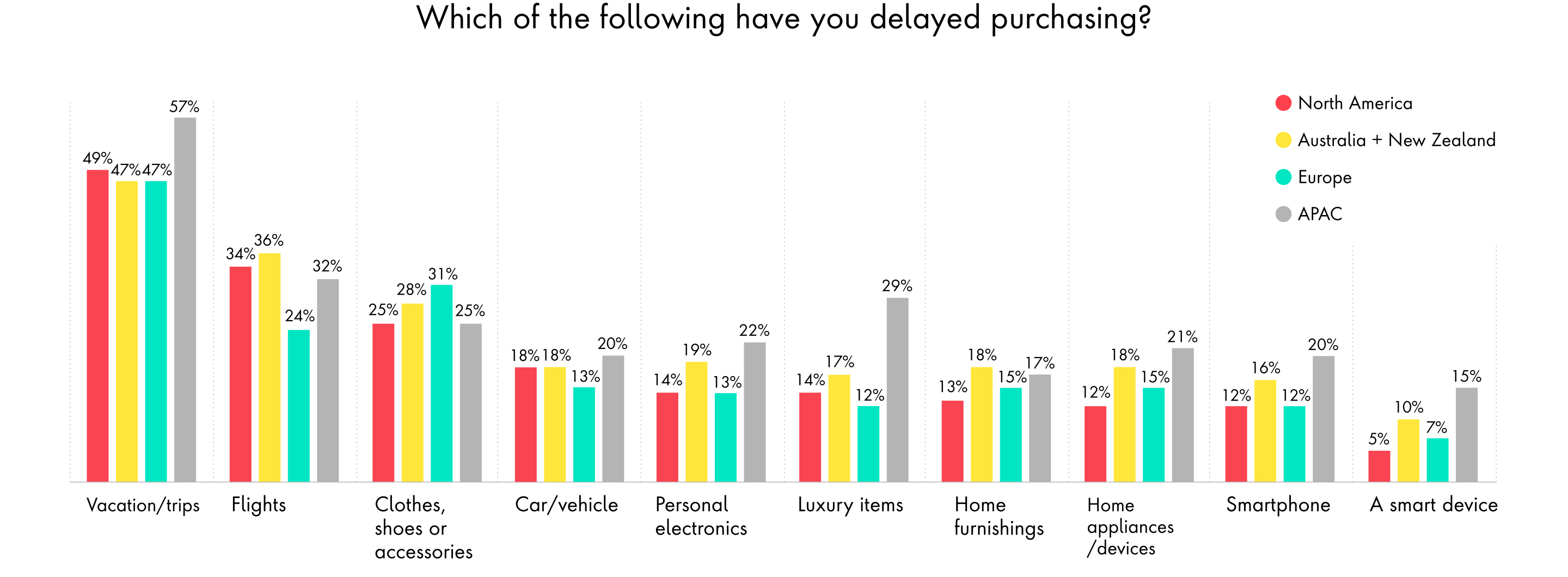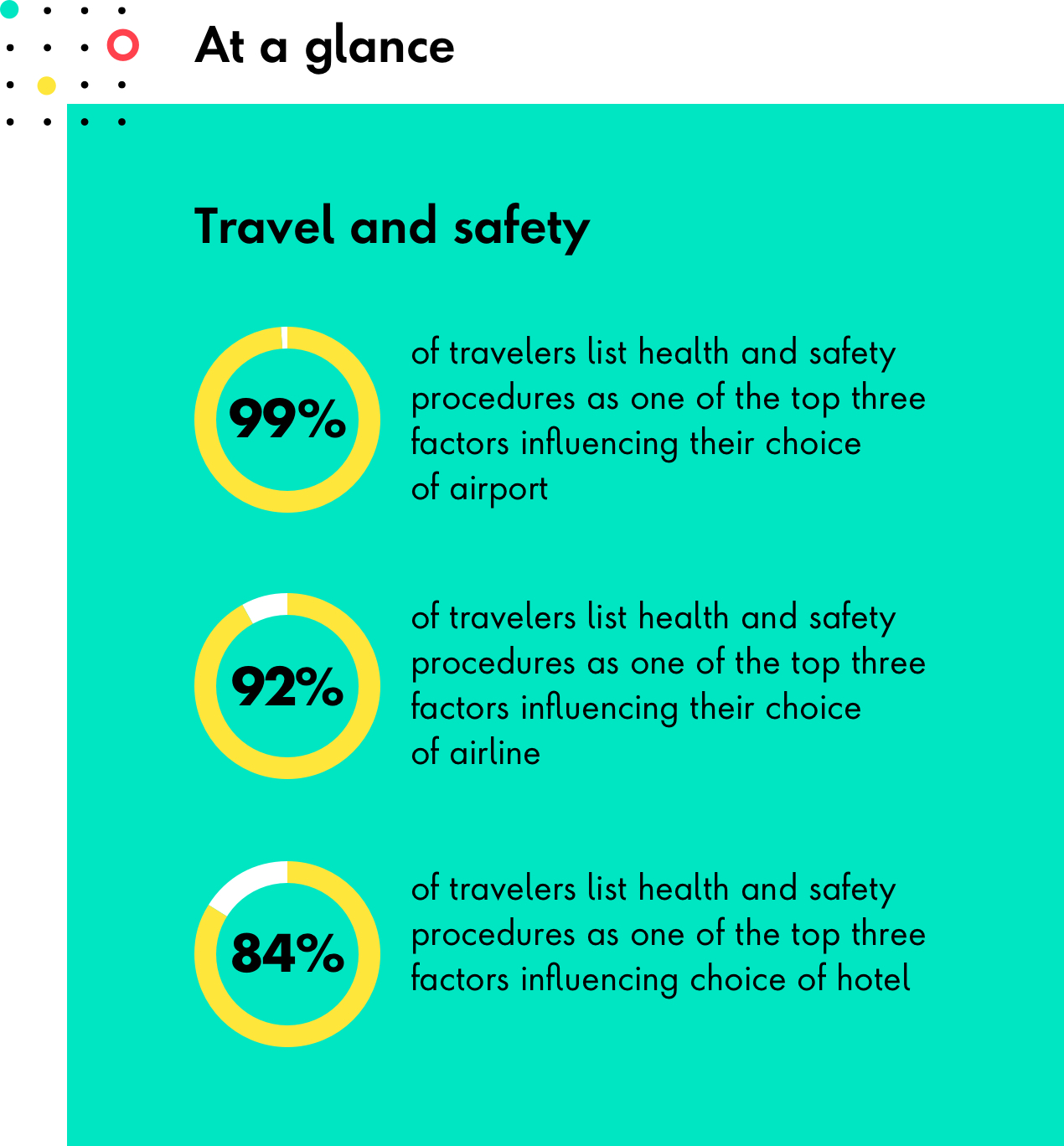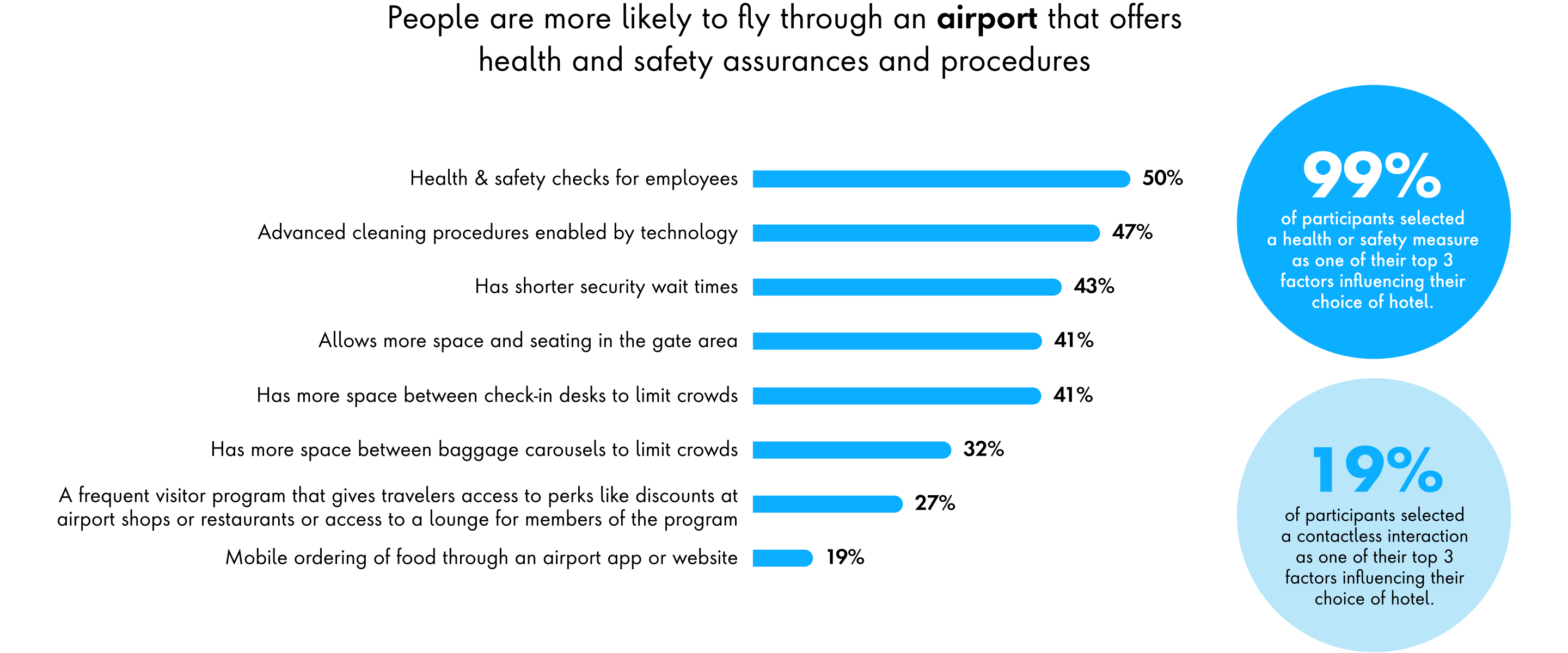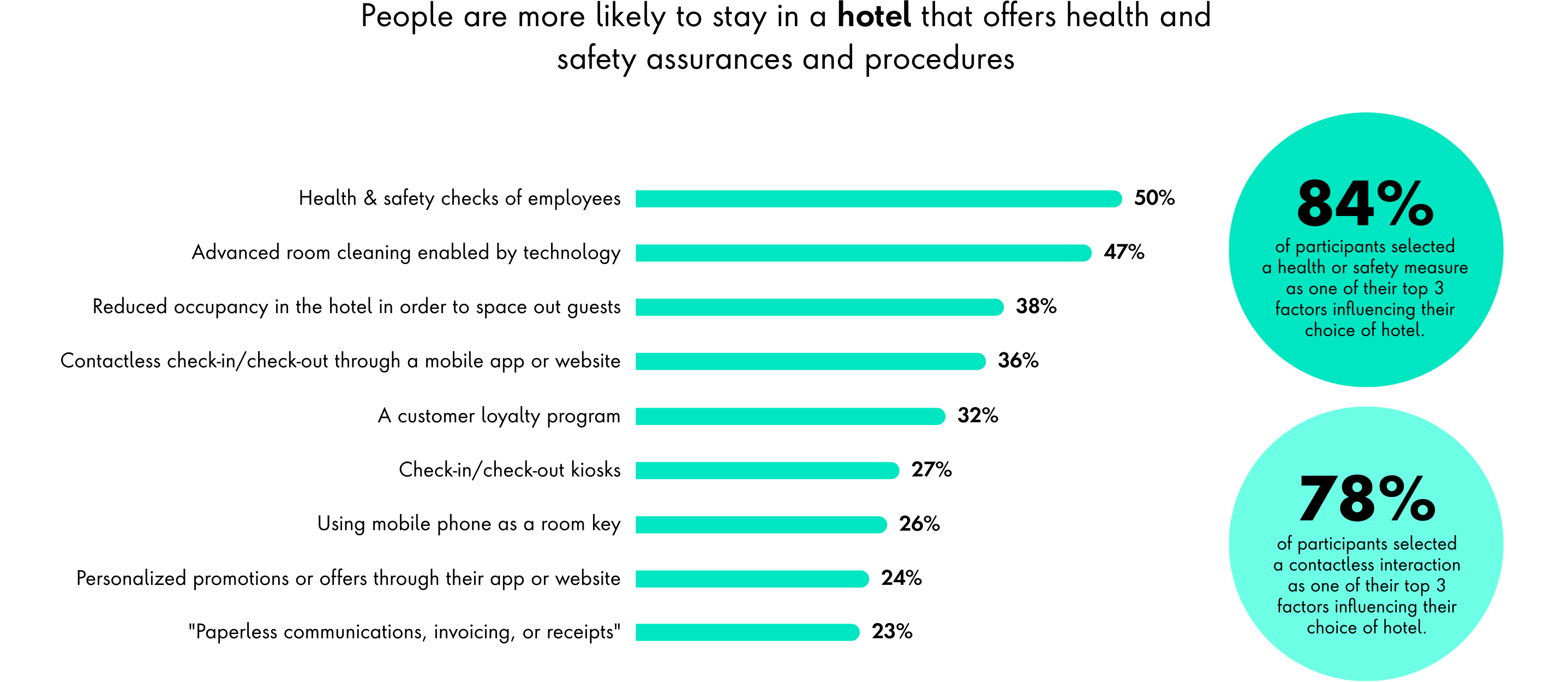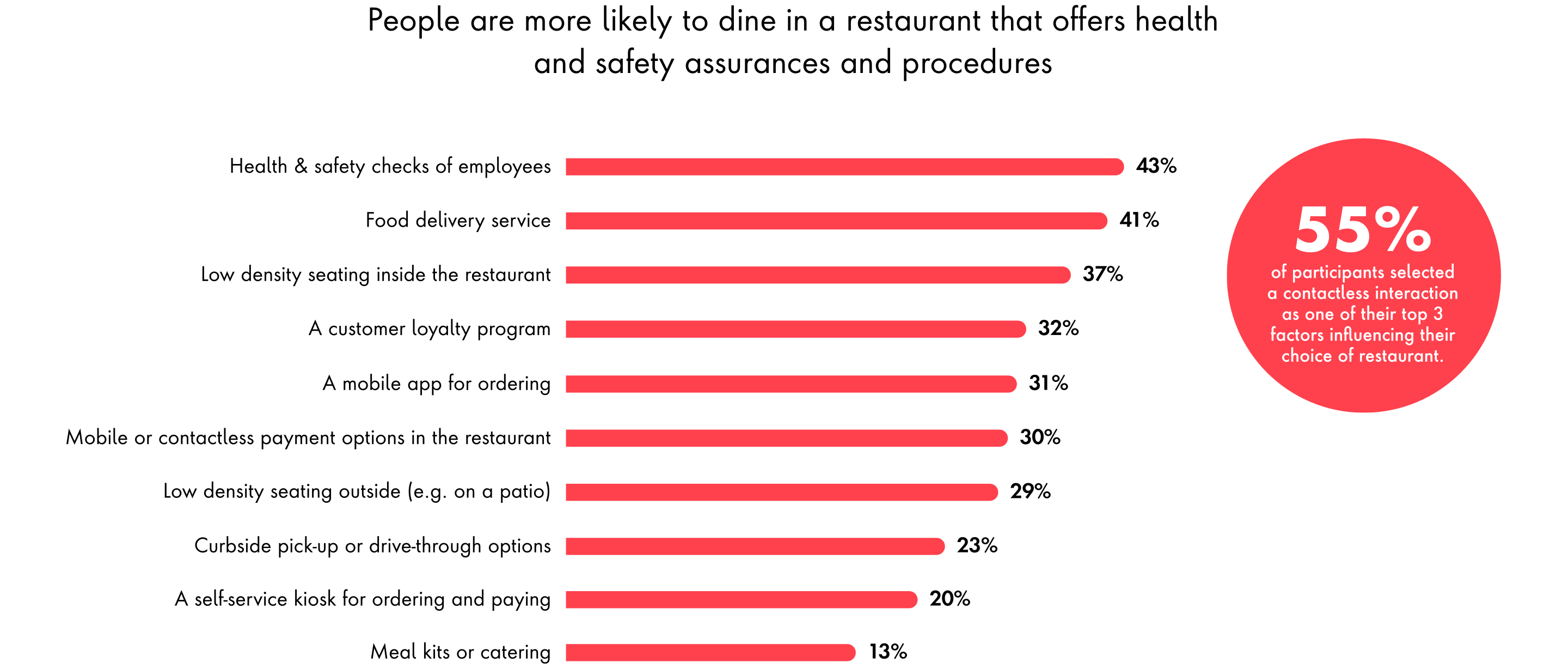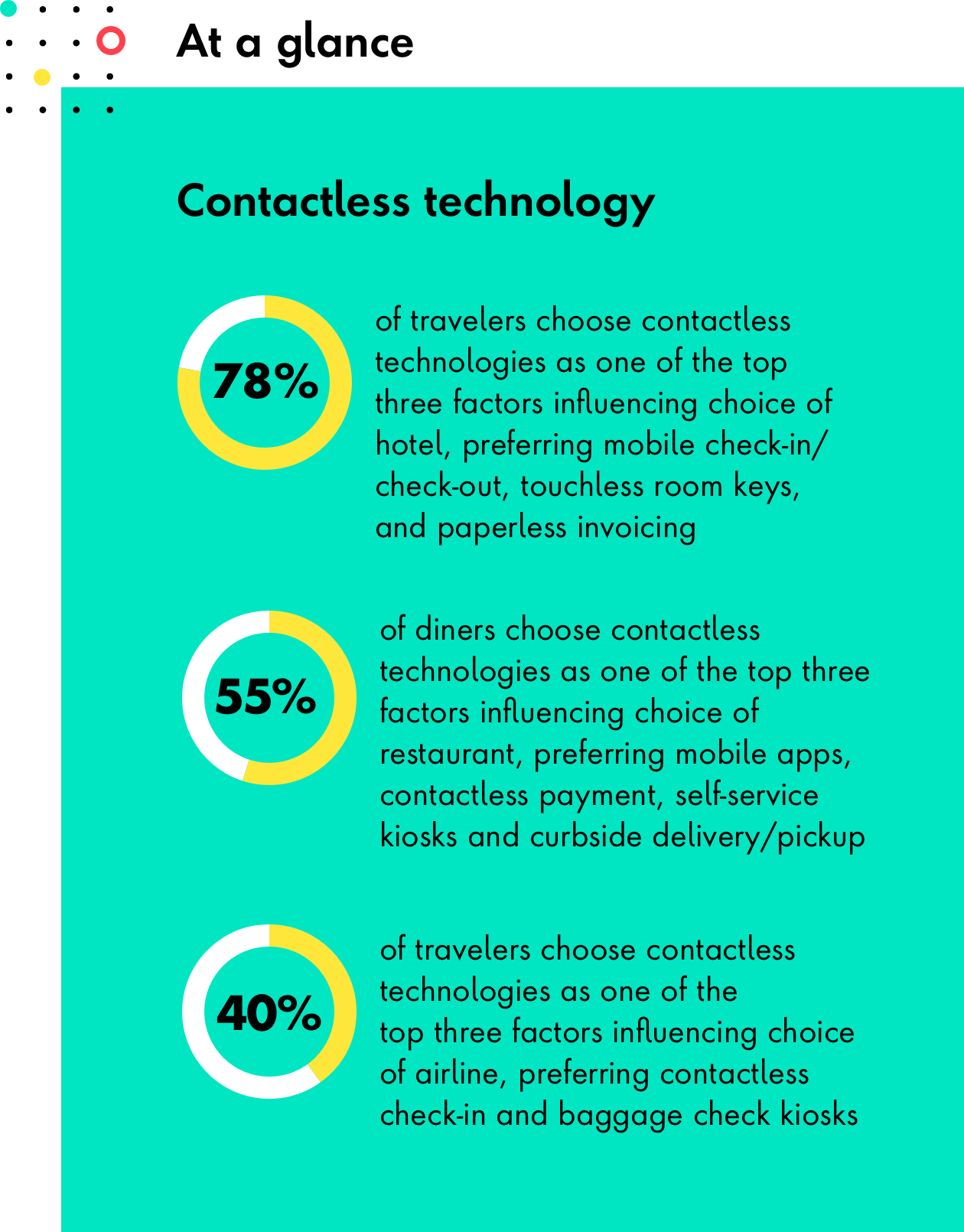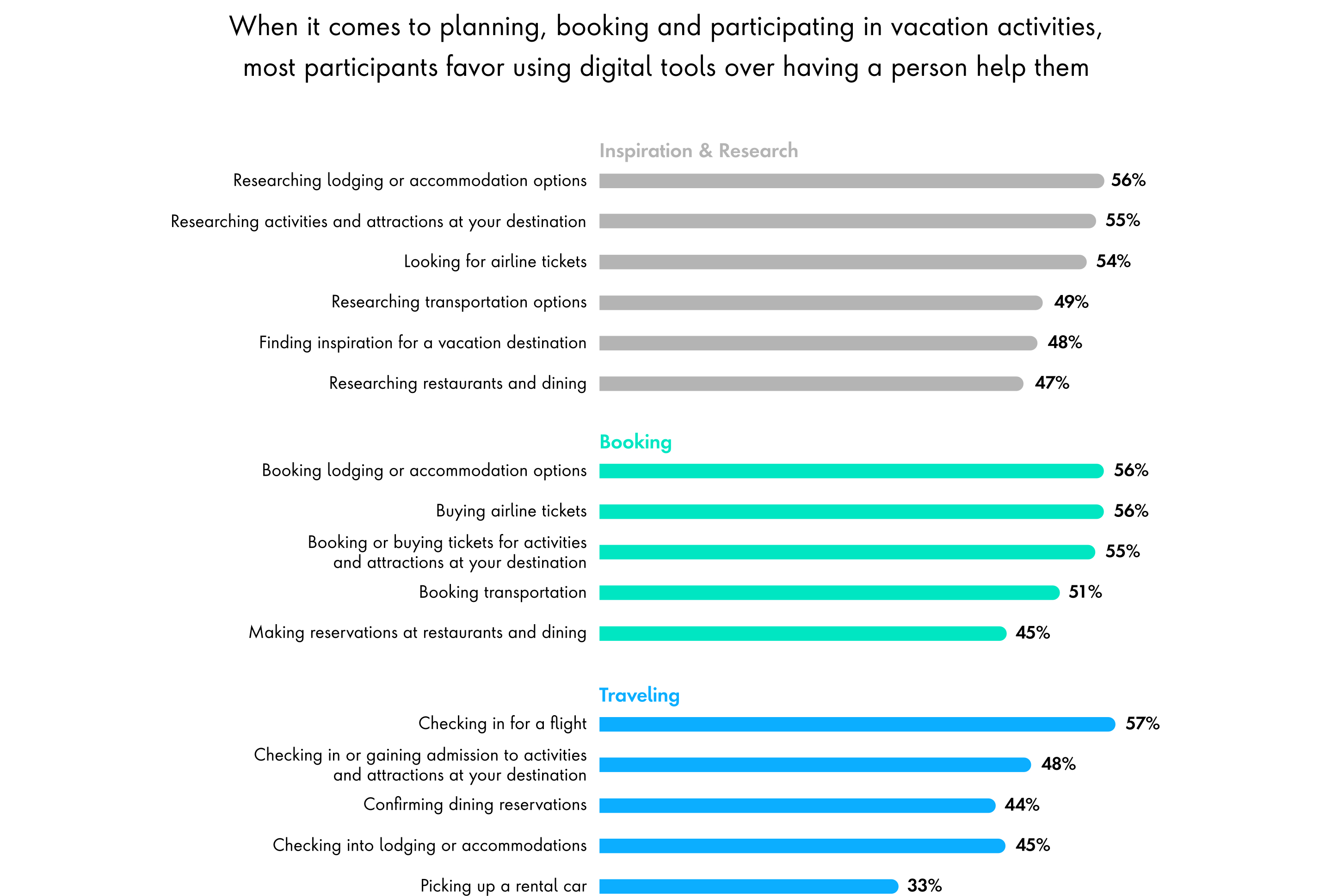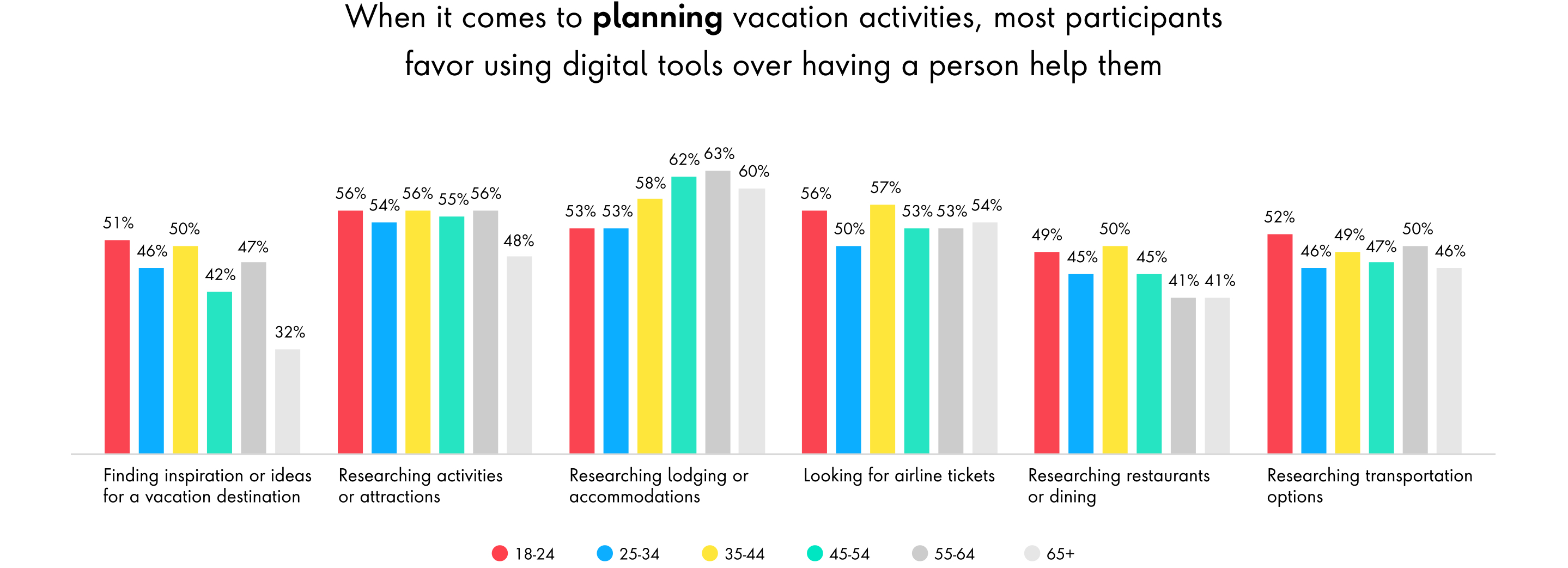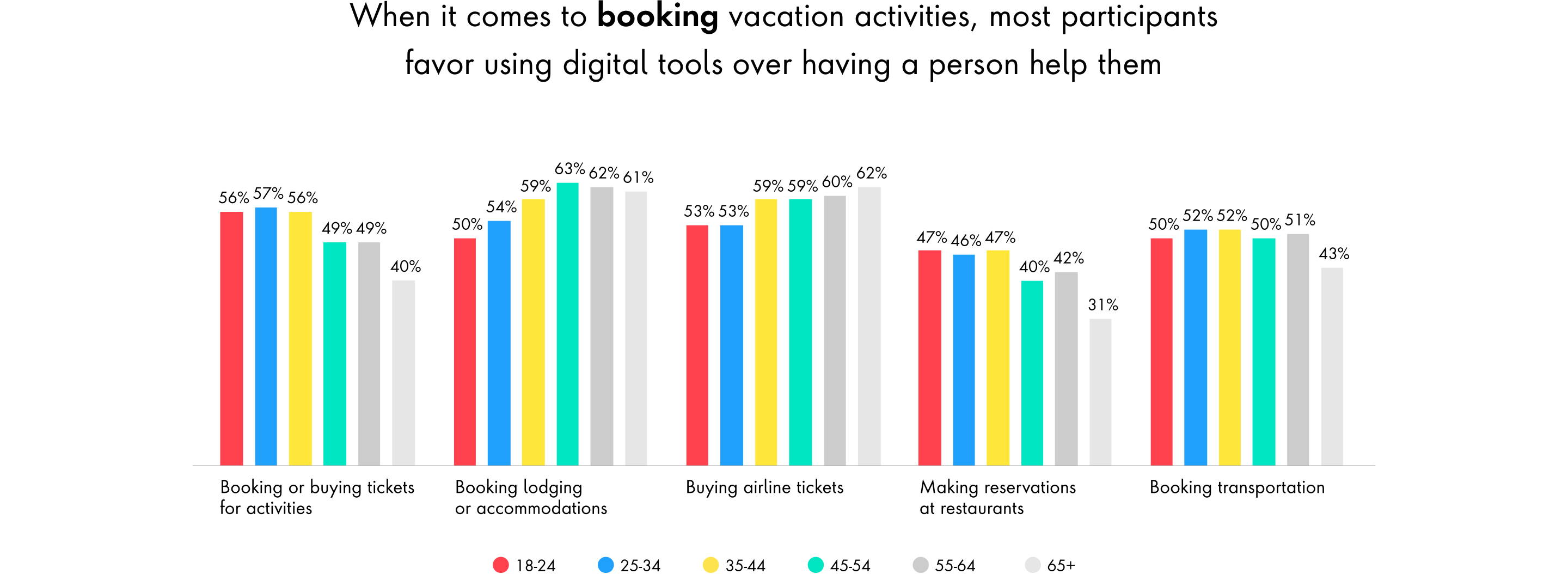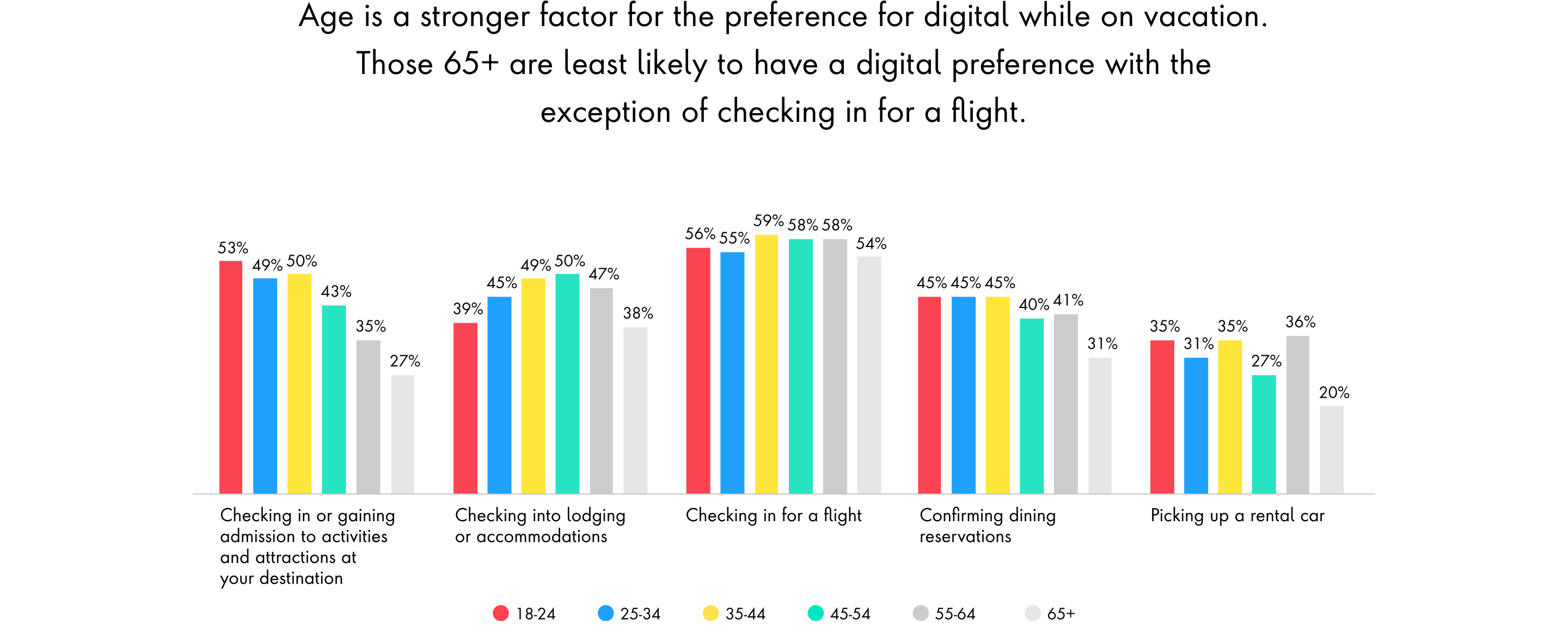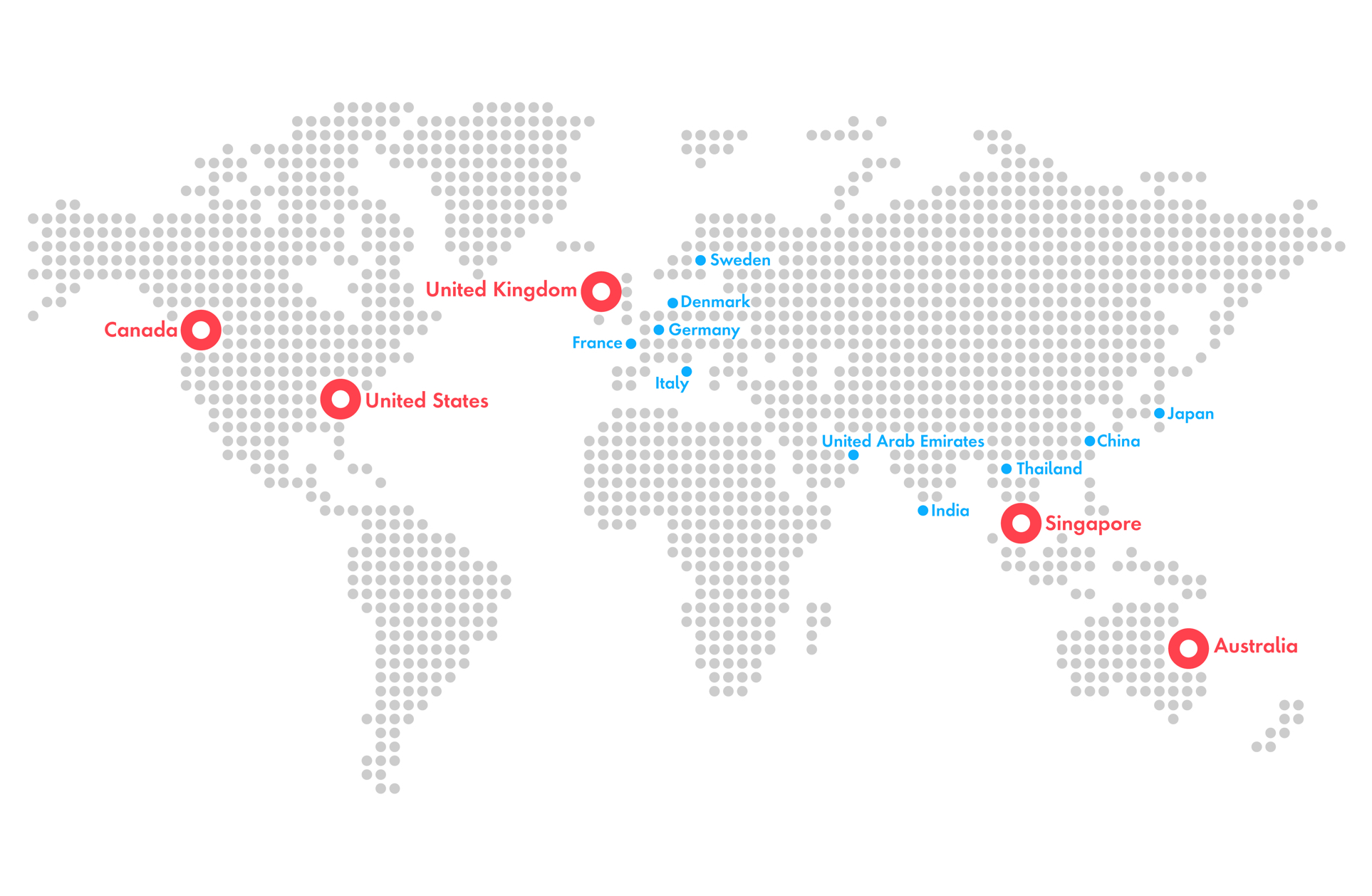Travel and dining are so much more than just experiences. For many, it’s a way of life -- outlets for people to break away from the hustle and bustle of everyday life -- to relax, reset, expand horizons and create new memories.
For people stuck at home, anticipation to return to travel and dining has been mounting. Yet people are forced to curb their enthusiasm and rethink plans amid restrictions and health risks. As travel and dining face a longer road to recovery, contactless technology can help make people feel safe while continuing to build on the convenience of digital experiences people already expect from hotels, airlines and restaurants.


